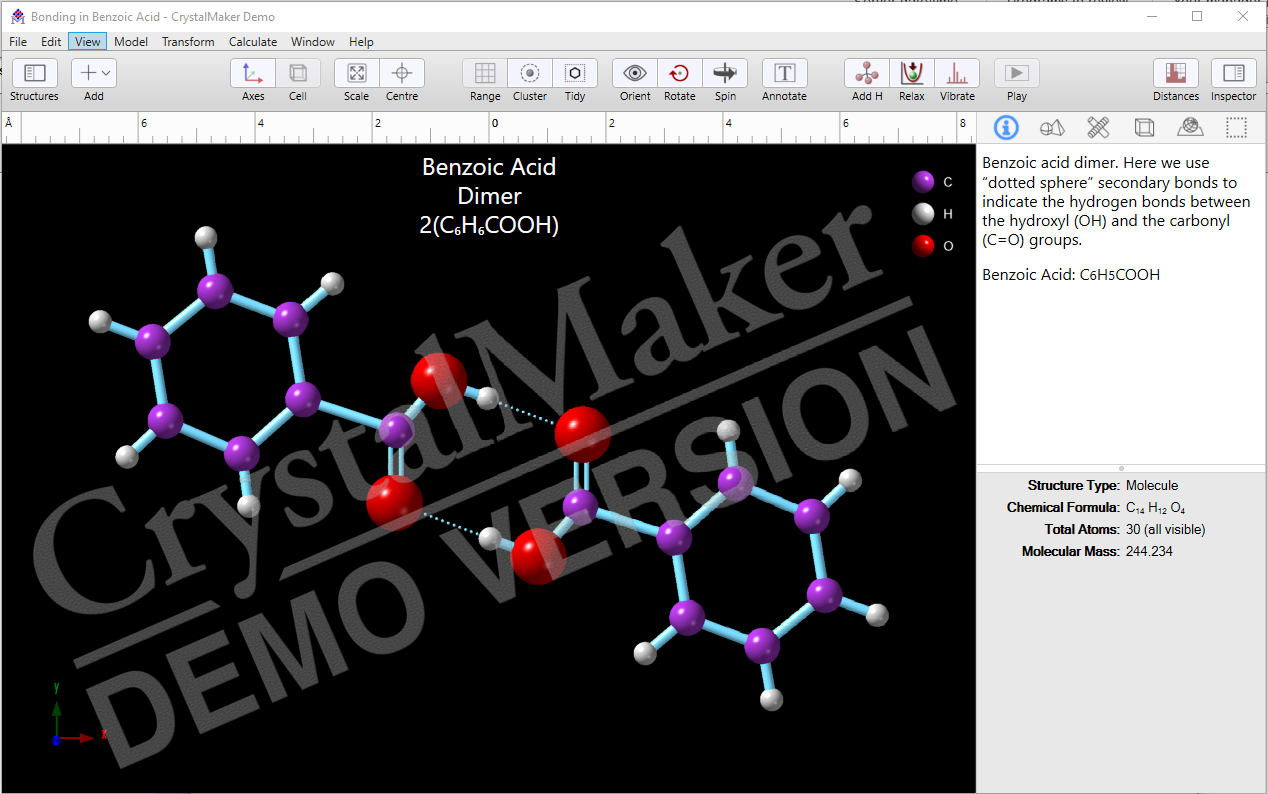

An example of this is with forsterite, where space group is Pbnm, though if forsterite was solved under the current standards, the space group would be Pnma, which would be the same cell as Pbnm, but with the definition of b and c switched. This scenario is unlikely to lead to er‑ rors in the literature since the old choice of axes was inherited to suit the space group of the X‑ray structure solution. The first is the rearrangement of the orientations of the crystallographic axes a, b, and c since the original characterization of the optical and crystallographic axes. Discrepancies in the optical orientation of minerals may be due to one of two circumstances. Many of the crystal depictions are based on data collected during or even prior to the early years of X‑ray crystallography. Inconsistencies in the crystallographic settings of minerals could be a source of confusion when depicting crystal form draw‑ ings, such as those found in Nesse (2013), Deer et al. The methods applied in this study utilize relationships between crystallographic and optical vectors and include an addendum to those presented by Gunter and Twamley (2001), which is applicable to arbitrary reference positions on spindle stages. Described in this study is the correction of crystallographic axes for crystal form drawings for C2 /m amphiboles, along with an outline of methodology and updates to the spreadsheet EXCELIBR. This error may perpetuate a misunderstanding between the crystallographic setting and optical orientation of clinoamphiboles, which is an important relationship for orientation-dependent analytical methods. In the cor‑ rect orientation of a typical C2 /m amphibole, the physical optical orientation should have never changed from its position outlined in the Tschermak setting as shown in Ford and Dana (1932), however, the crystallographic axes and ( hkl) should have changed to accommodate the difference between the I2 /m cell and the C2 /m cell.

Using the methods outlined by Gunter and Twamley (2001) combined with X‑ray and optical methods on single crystals of amphiboles reveals the discrepancy between axes. When C2 /m became the standard space group, the optical orientation ( hkl), and crystallographic axes depicted in crystal form drawings were never revised.

Texts citing the early optical work on amphiboles reference structures drawn in the I2 /m cell, for which the optical orientation is correct. The crystallographic orientation of C2 /m amphiboles has been depicted incorrectly since the standard‑ ization of amphiboles in C2 /m.


 0 kommentar(er)
0 kommentar(er)
